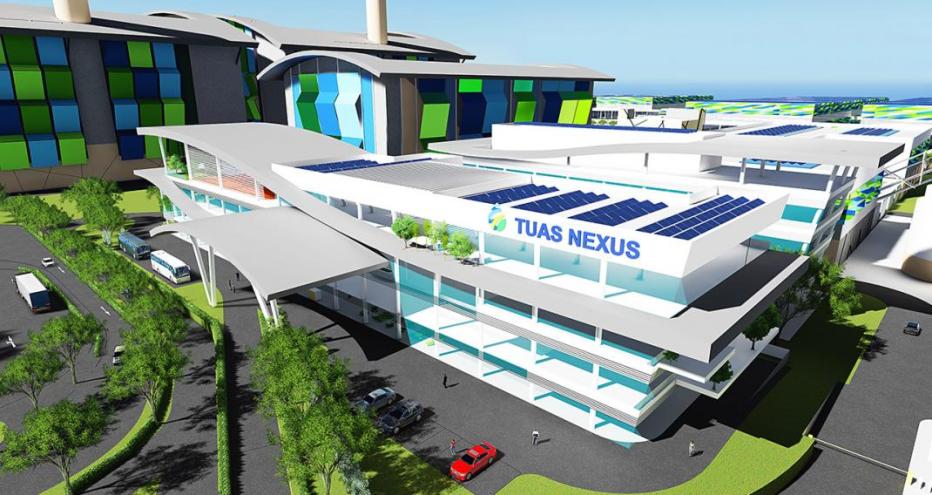
Water taps are running dry in India and South Africa. California is once again facing a drought; Australia is currently in the grips of a super drought – the hottest and driest on record; and in 2015, drought and inefficient infrastructure led to a severe water shortage crisis in Sao Paulo, Brazil. Rain falling across the Asia Pacific is causing severe flooding and some hurricane-ravaged Puerto Rican communities still do not have access to critical water and power supplies more than two years after Hurricane Maria. Similarly, residents of Flint, Michigan, are still reeling from the effects of a contaminated drinking water system.
Each year, the natural and human-made threats to our global water supply get more complex; while populations surge and the demand for water across industries increases. More than 2.1 billion people lack access to safe water around the world and The World Economic Forum continues to list water crises as one of the top ten global risks both in terms of likelihood and impact each year.
The crisis facing our water supply demands a new way of thinking to create integrated, smart and sustainable solutions that embrace the challenges facing our world today – because if current usage trends don’t change, our world will have only 60% of the water it needs in 2030.
But what if we showed you how Singapore’s Public Utilities Board (PUB) and Jacobs turned water vulnerability into an opportunity to pilot new technologies and innovative solutions – serving as an international model for water management that extends across all facets of the water cycle to create a sustainable legacy for years to come?
-
55 %
of Singapore's water demand in 2060 will be met with NEWater reuse
-
800
Olympic-sized swimming pools - or about 430 million gallons - of current daily water demand
-
800 K
cubic meters of used water treated per day for reuse to meet both industrial and drinking water needs
-
2 x
energy recovered from used water and more electricity exported to the national grid from the Tuas Nexus
“The truth is, all water is reused since there is truly no new water on the planet. Organizations, such as PUB, have safely reused wastewater to augment their water supplies for decades.The technology is there, but the real challenge is developing a thoughtful way to implement potable reuse programs because of public acceptance. In Singapore, every project we’ve worked on with PUB has been characterized by strong partnerships between a most innovative client and consultants and contractors who share PUB’s vision, and with the community who understands water and sustainability better because of Singapore’s investment in education – that’s what flipped the script in Singapore.”
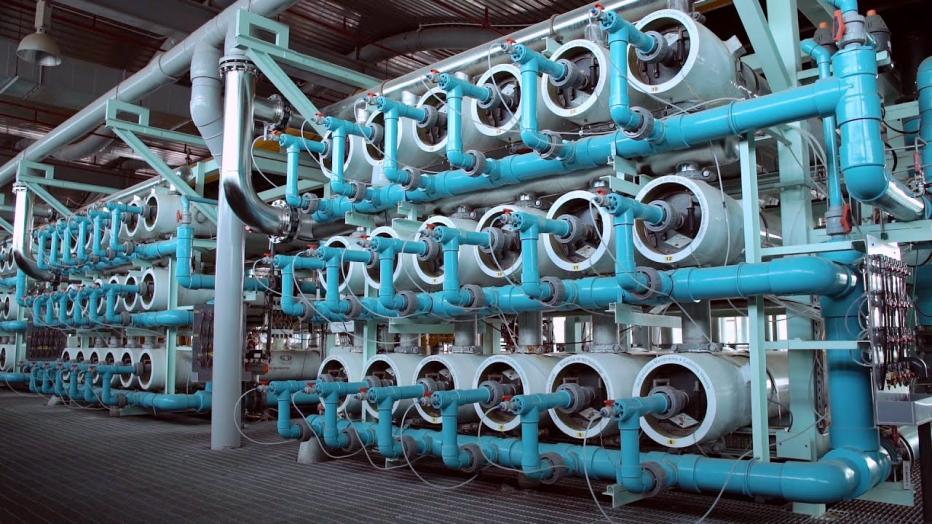
A resilient partnership
In 1965, when Singapore became independent, the island nation faced such water stress that they had to ration the precious resource just to meet minimum needs. Today, thanks to an integrated water management strategy nationwide, Singapore is one of just a few cities in the world to harvest its stormwater and practice large-scale water reuse as part of its diversified water supply approach.
Cultivating a nearly 30-year relationship, Jacobs has worked closely with Singapore’s PUB, delivering major cross-sector infrastructure projects in water and industrial facilities, including serving as program manager and designer for the award-winning Deep Tunnel Sewerage System (DTSS) and the Changi Water Reclamation Plant, one of the world’s largest water reclamation projects; the iconic NEWater Plant and Visitor Centre, an international landmark for educating the world about water reuse; and the Active, Beautiful, Clean Waters (ABC Waters) program, which transformed the waterbodies in Singapore beyond their utilitarian functions, creating new community spaces as well as higher quality living in Singapore.
Learn more about Changi, one of the world's largest and most advanced water reclamation plants designed by Jacobs.
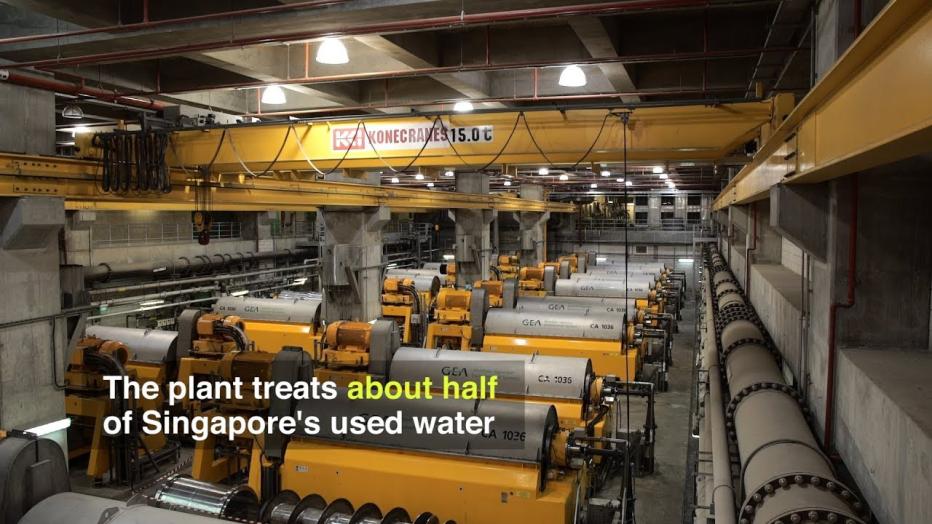
Video credit: Singapore PUB
In 2015, we received the Stockholm Industry Water Award for pioneering methods to clean water and increasing public acceptance of recycled water and our work with Singapore’s PUB in the early 2000s is a key milestone in our potable water reuse journey and helped evolve water reuse practices, proving not only the safety of potable reuse, but helping win public acceptance with the country’s NEWater project. By pioneering a hands-on transparent approach to public outreach and conducting the most sophisticated and comprehensive study of reclaimed water to date, the project fully integrated the best in technology with the best in public education tools to create unprecedented public acceptance of water reuse.
What’s next? The nexus!
PUB developed NEWater, its own brand of ultraclean, high-grade reclaimed wastewater. Singapore has 5 NEWater plants which further purify treated, used water to produce this NEWater, which has passed more than 150,000 scientific tests and meets and surpasses World Health Organization and U.S. Environmental Protection Agency standards for drinking water.
With the country’s water demand expected to double by 2060, Singapore is looking to use NEWater to meet more than half of this future water demand. Key to meeting this goal is the Deep Tunnel Sewerage System (DTSS), a super highway to collect all the used water for further reclamation into NEWater.
The first phase of DTSS covers the eastern half of Singapore while the second phase will take care of the western side of the island. A key component of the DTSS Phase 2 is the Tuas Water Reclamation Plant (WRP), a new facility under design in the west of Singapore that Jacobs is leading the detailed design. When completed, the plant will treat 800,000 cubic meters of used water per day for reuse to meet both industrial and drinking water needs and be the largest membrane bioreactor facility in the world!
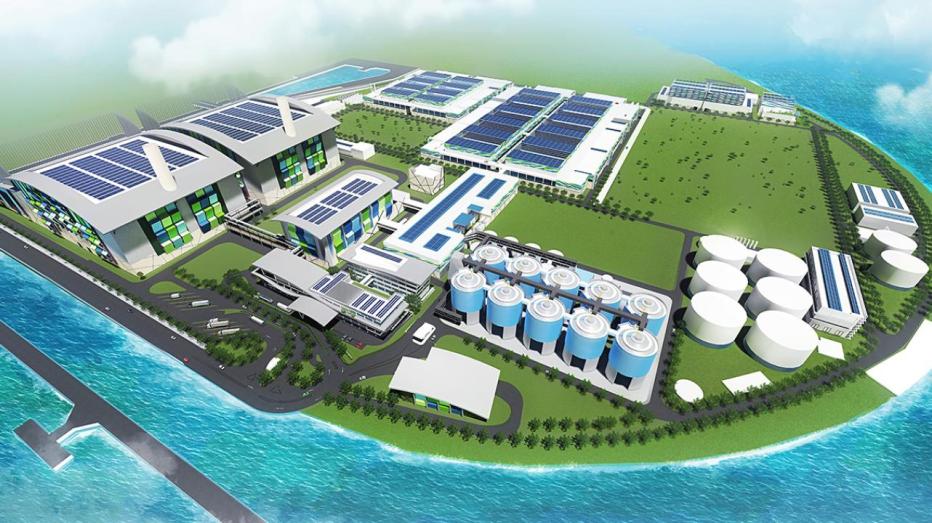
PUB developed NEWater, its own brand of ultraclean, high-grade reclaimed wastewater. Singapore has 5 NEWater plants which further purify treated, used water to produce this NEWater, which has passed more than 150,000 scientific tests and meets and surpasses World Health Organization and U.S. Environmental Protection Agency standards for drinking water.
With the country’s water demand expected to double by 2060, Singapore is looking to use NEWater to meet more than half of this future water demand. Key to meeting this goal is the Deep Tunnel Sewerage System (DTSS), a super highway to collect all the used water for further reclamation into NEWater.
The first phase of DTSS covers the eastern half of Singapore while the second phase will take care of the western side of the island. A key component of the DTSS Phase 2 is the Tuas Water Reclamation Plant (WRP), a new facility under design in the west of Singapore that Jacobs is leading the detailed design. When completed, the plant will treat 800,000 cubic meters of used water per day for reuse to meet both industrial and drinking water needs and be the largest membrane bioreactor facility in the world!
A first in Singapore, the Tuas WRP will be integrated with the National Environment Agency’s Integrated Waste Management Facility (IWMF), collectively known as the “Tuas Nexus.” Tuas Nexus is a first-in-the-world green-field development, which integrates two complex facilities to reap synergies of the water-energy-waste nexus, resulting in improved efficiencies.
For example, food waste received at the IWMF will be co-digested with used water sludge at Tuas WRP to increase the yield of biogas, which in turn is used at IWMF to improve steam quality and give rise to higher overall plant thermal efficiency. As such, Tuas Nexus will double energy recovered from used water and export more electricity to the national grid (estimated totals capable of powering to power up to 300,000 four-room apartments), while allowing both facilities energy self-sufficiency.
A zero energy facility, Tuas Nexus will be able to achieve overall carbon savings of more than 200,000 tonnes of carbon dioxide emissions a year according to PUB. That’s the equivalent of removing 42,500 cars from the roads!
In October 2019, Tuas Nexus was named the “Most Innovative Water-Energy Nexus Project," at the biennial International Desalination Association (IDA) World Congress in Dubai – a globally-recognized event in the field of advanced water treatment specifically related to desalination and water reuse. Tuas WRP also received Bentley’s 2019 Year In Infrastructure top prize in water and wastewater treatment plants.
You might be interested in...
-
 News
NewsJacobs to Provide Professional Engineering Services for New Kranji Water Reclamation Plant
Jacobs was appointed by PUB, Singapore's National Water Agency, through a competitive bid process, to provide professional engineering services for the development of the new Kranji Water Reclamation Plant (WRP).
-
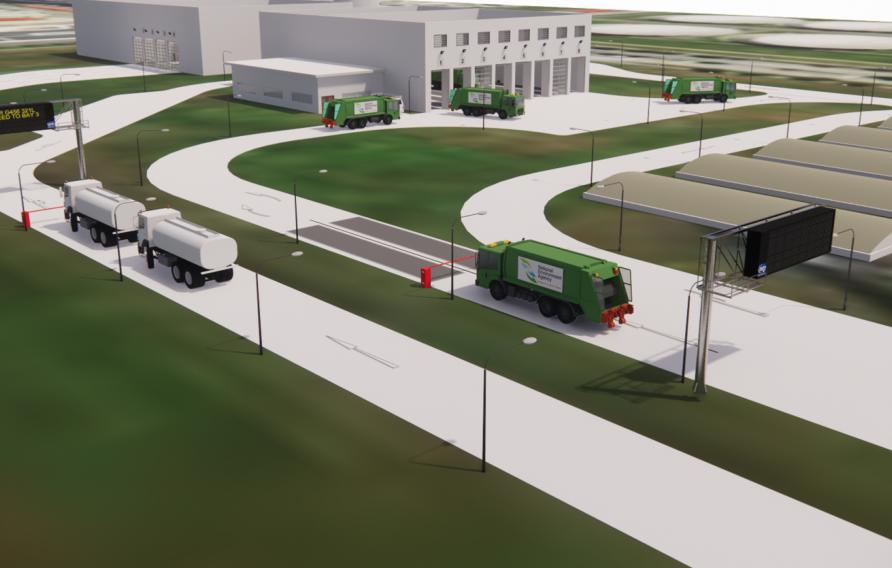 News
NewsJacobs to Enhance Decarbonization of Water Treatment Process for Singapore's PUB
Jacobs was appointed by PUB, Singapore's National Water Agency, to provide professional engineering services for the development of the new greasy waste (GWTF) and food waste treatment facilities (FWTF) to maximize energy and resource recovery at the Changi Water Reclamation Plant (CWRP).
-
 News
NewsJacobs Creating First Digital Twin of PUB's Changi Water Reclamation Plant in Singapore
Jacobs, has partnered with PUB, Singapore's National Water Agency, in an R&D project to develop and trial a whole plant simulation model for the Changi Water Reclamation Plant (CWRP). The model, a digital twin of the plant, will be the first application of its kind and combines real-time data from supervisory control and data acquisition (SCADA) historian with software simulation packages (Replica™ Digital Twin Platform) to integrate process, hydraulics, controls and advanced data analytics into a single, whole plant simulation capable of replicating plant operations and predicting future performance in real-time. The trial is expected to be completed by December 2020 and this research is supported by the National Research Foundation Singapore and PUB.
-
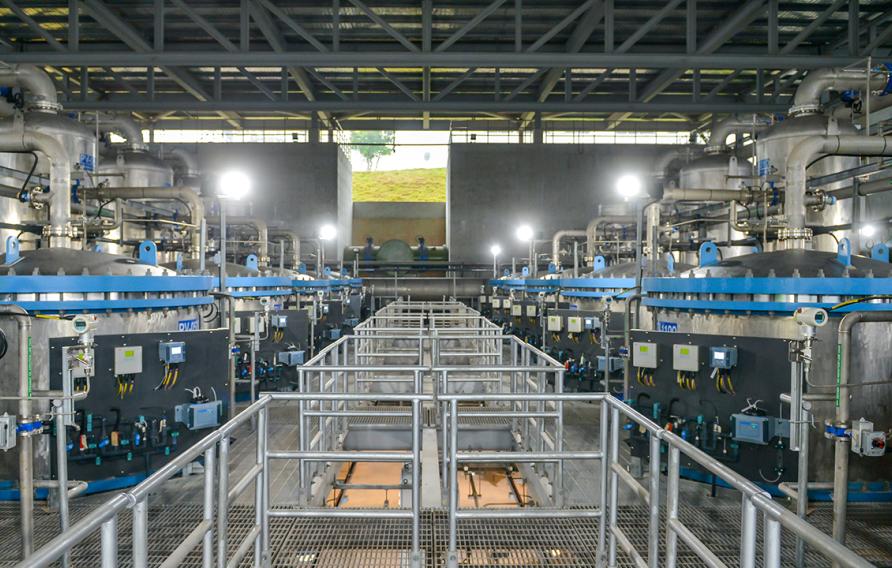 News
NewsJacobs Completes New State-Of-The-Art Filtration Plant for PUB in Singapore
Jacobs announced it has successfully completed the testing and commissioning of a new, state-of-the-art Ceramic Membrane – Ozone – Biological Activated Carbon plant at the Choa Chu Kang Waterworks (CCKWW) for PUB, Singapore's National Water Agency.
-
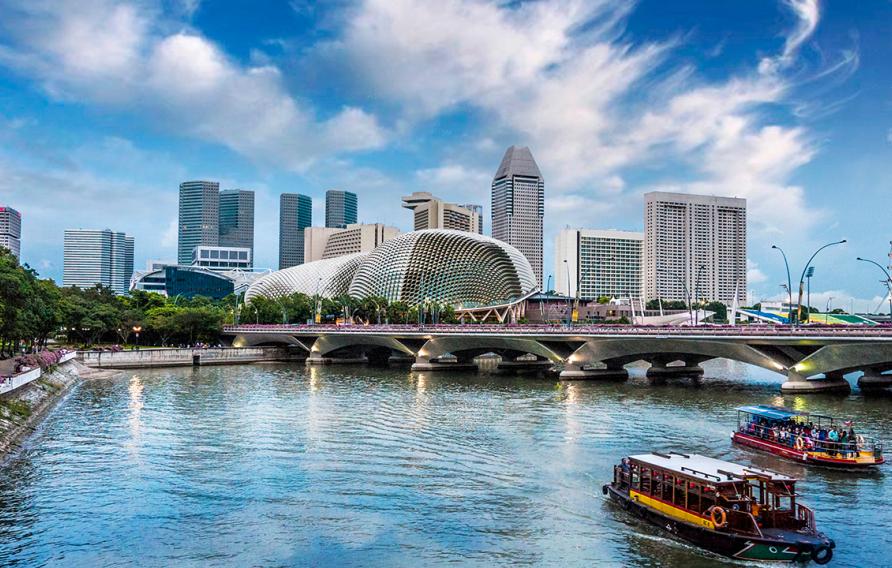 News
NewsJacobs Appointed as Specialist to Rollout Smart Meters in Singapore
Jacobs has been appointed as the Advanced Metering Infrastructure (AMI) Specialist for PUB, Singapore's National Water Agency's Smart Water Meter Programme roll-out in Singapore. The program is a major step in PUB's transition to a smart utility.
-
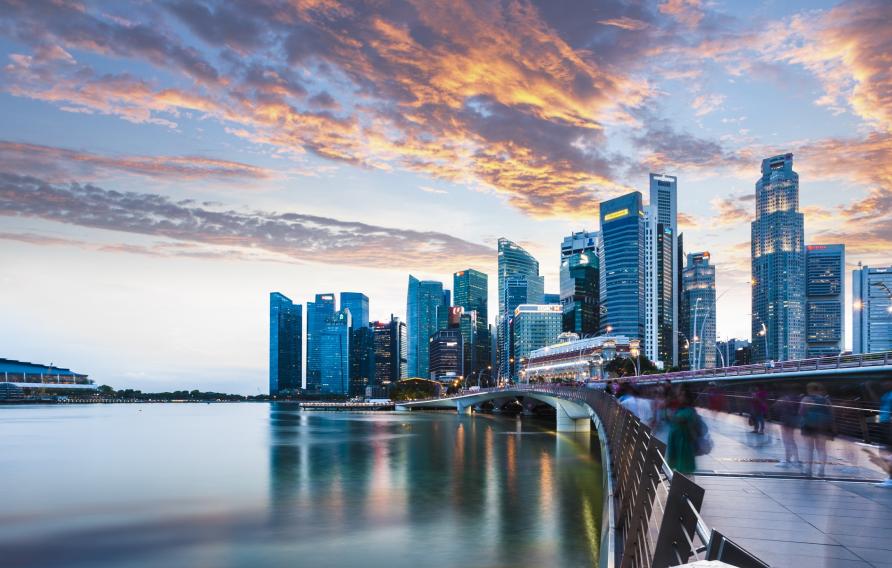 News
NewsJacobs Selected to Design Changi NEWater Factory 3
Jacobs was selected by PUB, Singapore's National Water Agency, to design and supervise construction and commissioning of the Changi NEWater Factory 3 (CNF3), the third NEWater plant to be located at the Changi Water Reclamation Plant (WRP) and one of the world's largest and most advanced water reclamation plants.
About water at Jacobs
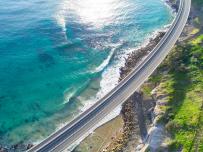
Addressing challenges like climate change, water scarcity, aging infrastructure and emerging contaminants, managing this essential resource has never been more complex. From drinking water treatment and reuse to water resource recovery and resilience, we’re working with our clients to protect communities, industries and the environment, and provide them with the water resources they need to thrive.














































